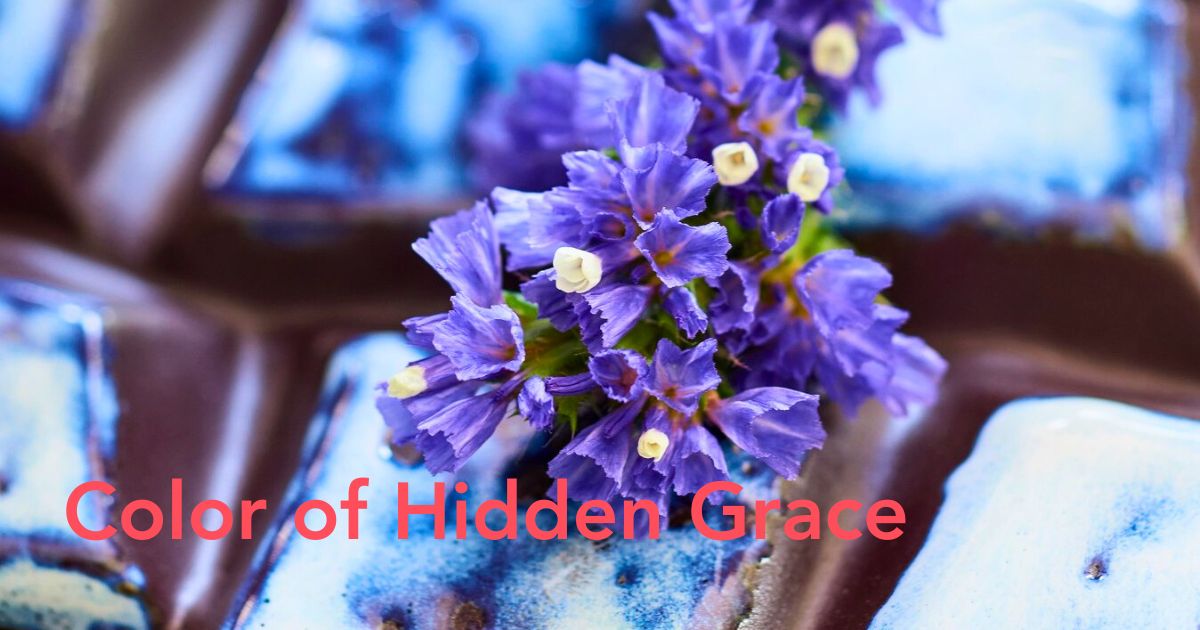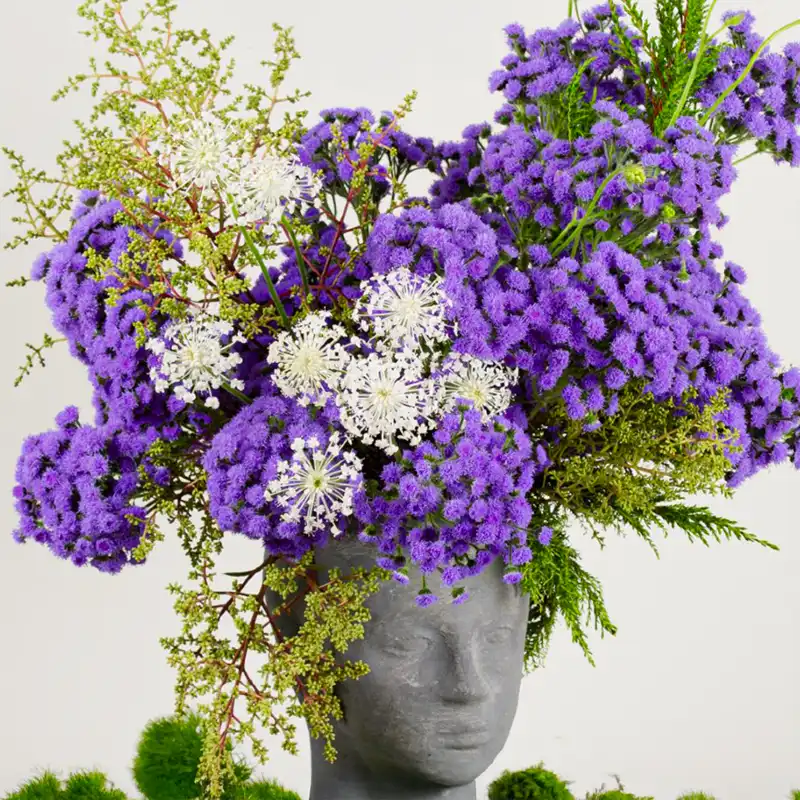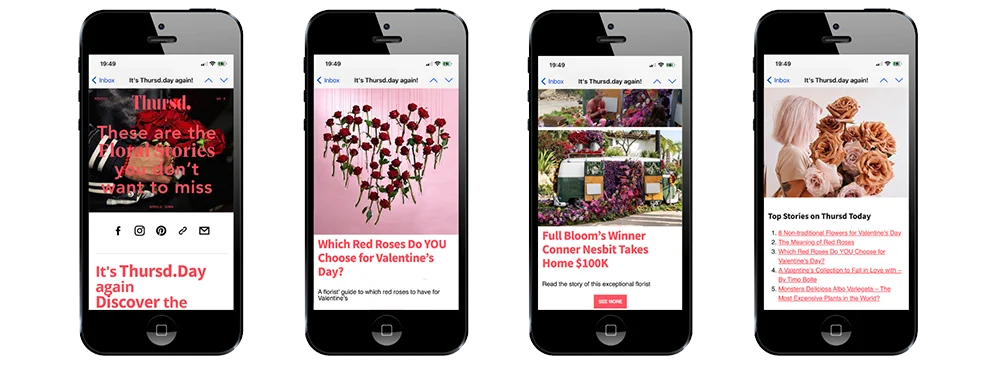Purple flowers have long captured attention in gardens, bouquets, and symbolic expressions. With a color that walks the line between warmth and coolness, purple is often associated with royalty, imagination, spirituality, and transformation. But what does it mean when someone chooses purple flowers—or receives them? The deeper meaning behind purple flowers lies not just in their color, but in the traditions, occasions, and emotions tied to them.
This article explores the meaning of purple flowers, the cultural and symbolic associations they carry, the most popular types, and how to use them meaningfully in both design and gifting. Whether you’re a florist, gardener, or simply flower-curious, understanding the meaning of purple flowers can transform how you see and use them.
The Symbolic Meaning of Purple Flowers
The color purple has been historically linked to nobility and wealth, largely due to the rarity and cost of purple dye in ancient times. Over time, the symbolism evolved to include spirituality, mystery, transformation, and creativity.

When it comes to flowers, purple can carry layered meanings. In a general sense, purple flowers symbolize admiration and respect, spiritual insight or growth, dignity and elegance, as well as mystery and enchantment. In certain contexts, purple flowers can also represent mourning or farewell. For example, lavender and purple lilies are sometimes used in memorial services to convey a sense of peace and transition. On the other hand, purple roses might symbolize deep admiration or a sense of love at first sight.
So, what do purple flowers mean, exactly? It depends on the type of flower, who is giving it, and the occasion. From romantic gestures to spiritual offerings, purple flowers add a touch of intentionality and sophistication.
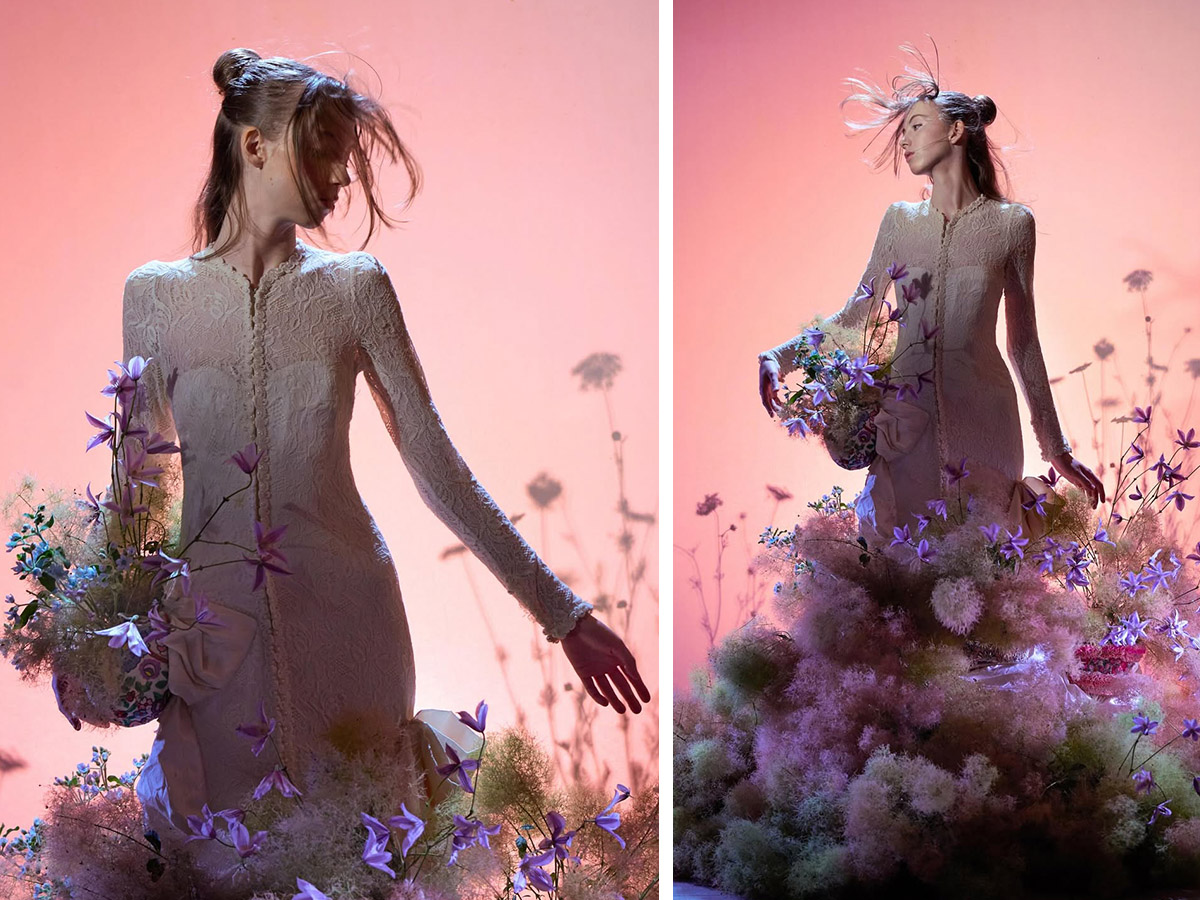
Popular Purple Flowers and What They Represent
Not all purple flowers mean the same thing. Each variety brings its symbolism and context. Lavender, known for its calming scent, represents tranquillity, grace, and healing. Orchids, often associated with luxury, strength, and refinement, appear particularly striking in purple hues. Lilacs are springtime flowers that symbolize the innocence of youth and memories of first love. Iris flowers represent wisdom, faith, and royalty.

The purple rose stands for enchantment, love at first sight, and regal beauty. Clematis is associated with mental acuity and the pursuit of goals, while verbena is often linked to spiritual protection and healing. Bellflowers, also known as Campanula, are associated with gratitude and affection. Lastly, petunias can symbolize comfort or resentment, depending on context and color intensity.
Purple Flowers in Culture and Spirituality
The meaning of purple flowers extends beyond aesthetics into the realms of culture, religion, and healing. In many Eastern traditions, purple is linked to spiritual awakening, meditation, and the crown chakra—the energy center believed to connect the physical with the divine. In Christianity, purple flowers like irises or violets have been used during Lent and Easter to symbolize penance, renewal, and resurrection.
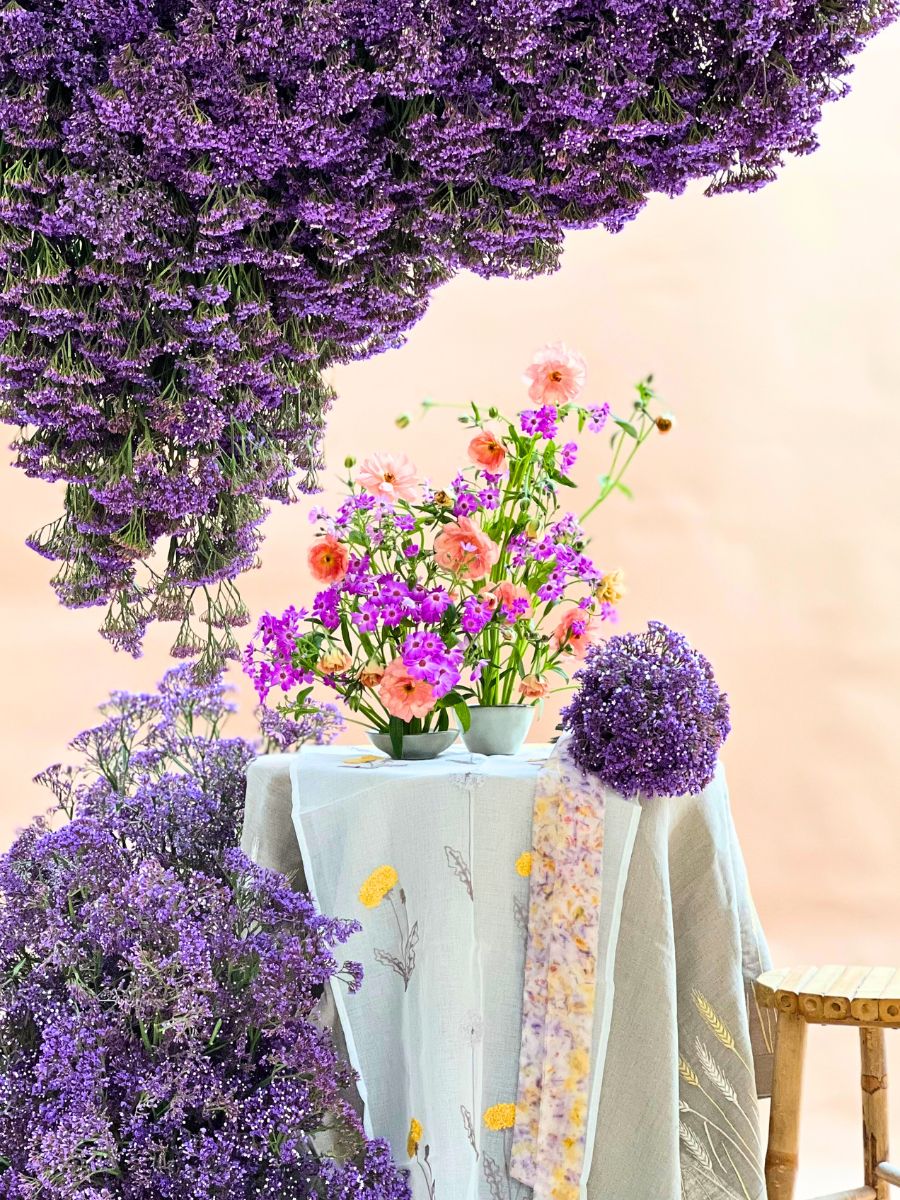
In spiritual healing and alternative wellness, purple flowers—especially lavender and verbena—are thought to calm the mind, support restful sleep, and aid emotional balance. Culturally, purple flowers have been gifted during rites of passage, like graduations or significant anniversaries, as a way to acknowledge transformation and personal growth.
Garden and Wild: Trees and Weeds With Purple Flowers
Beyond the bouquet, purple flowers flourish in many outdoor settings—from curated gardens to wild spaces. Some of the most recognizable trees and plants with purple flowers include the Jacaranda tree, which is famed for its trumpet-shaped lilac flowers and is often planted along streets or in public gardens to create a sea of lavender-blue during blooming season. Wisteria, with its cascading purple blooms that drape beautifully over trellises, is often a symbol of longevity and immortality in Eastern cultures.

Wild violets, though often considered weeds, are charming ground-huggers that add a touch of nostalgia and symbolism tied to modesty and faithfulness. Lavender and Verbena, technically herbs, are found in both wild meadows and cultivated borders, bringing scent and color along with their meaning-rich flowers.
When and Why to Gift Purple Flowers
Choosing purple flowers as a gift is often a gesture that communicates more than simple affection. Depending on the flower and setting, they can convey spiritual support, especially for someone going through personal growth, grief, or a transitional life phase. They also express respect and admiration, making them suitable in professional or mentor-related settings. When used romantically, purple roses or orchids offer a sense of mystery and allure, suited to newer relationships or deep admiration. Purple flowers are also ideal for celebrating achievement. The regal tone suits congratulatory messages for graduations, awards, or new roles.
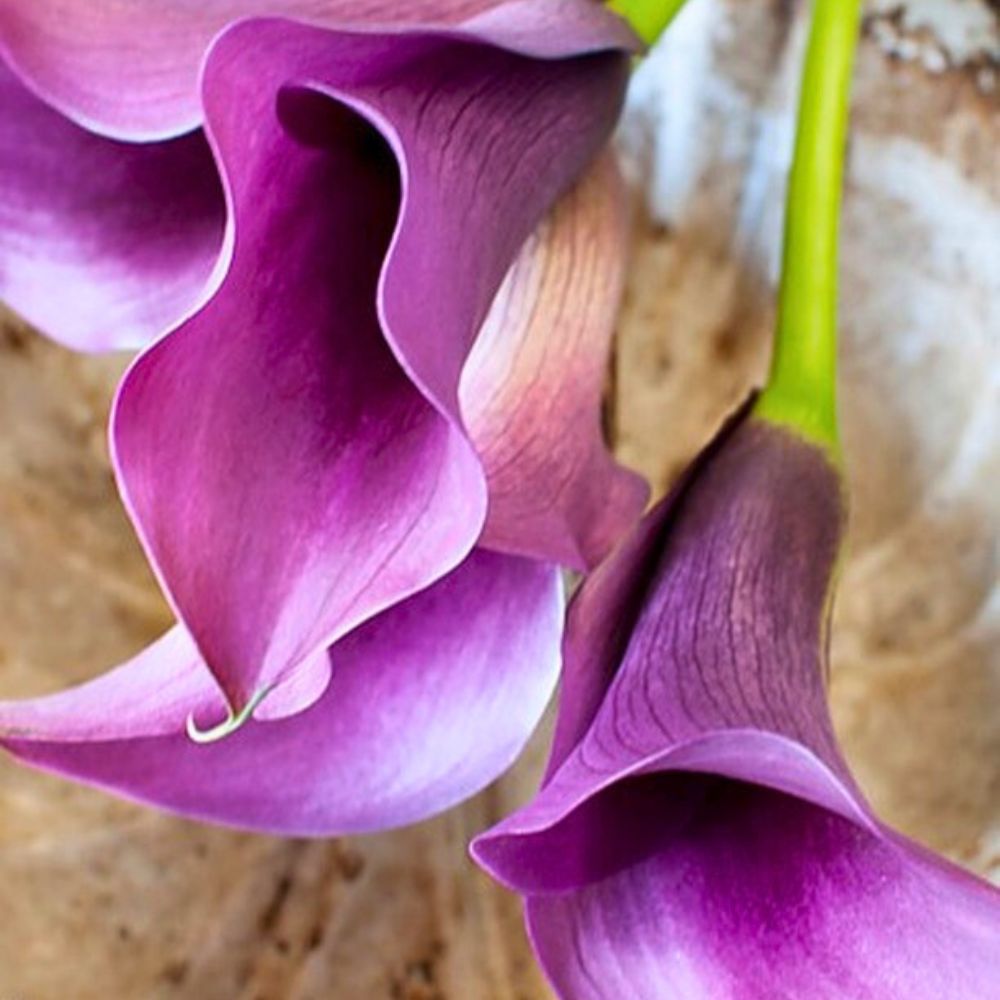
In memorials, purple flowers are often used for their peaceful and contemplative tone. Their symbolism of transition and eternal connection can offer comfort to the bereaved. The Blooms for Your Chums – 12 Flowers That Represent Friendship touches on how different flowers communicate relationships, making it a great read to learn more about purple flowers.
Purple in Floral Design: Making a Statement
In floral design, purple flowers offer bold contrast and visual depth. They’re especially effective when combined with whites, deep greens, soft pinks, or even bright oranges. Whether you're curating a wedding bouquet or designing a commercial floral installation, purple flowers lend structure and sophistication.

One notable feature of purple in design is its ability to be both grounding and elevating. Light purple tones like lilac add a touch of nostalgia or femininity, while darker purples such as plum and eggplant evoke mystery and opulence.

A fantastic example of design impact is showcased in the Thursd blog Rose Deep Purple Enchants in a Water Drop Design at Printemps Palladien. The use of over 1,800 purple roses in a dramatic shape captures the power of a single color in a mass arrangement.
Whether you're creating personal bouquets or large-scale event installations, purple flowers remain versatile and symbolic anchors in design.
Purple flowers are more than just a striking visual in the floral world—they carry stories, emotions, and cultural echoes. From gardens to gifts, spiritual practices to design studios, these blooms are chosen for what they evoke as much as how they look.

Understanding the meaning of purple flowers gives you the power to choose more intentionally—whether you're sending love, celebrating achievement, marking a spiritual milestone, or simply admiring beauty. With a color rich in symbolism and visual weight, purple flowers continue to resonate across occasions and cultures.
Next time you see or gift a purple flower, you’ll know there’s more to the story than meets the eye.
Header image by @HilverdaFlorist.

